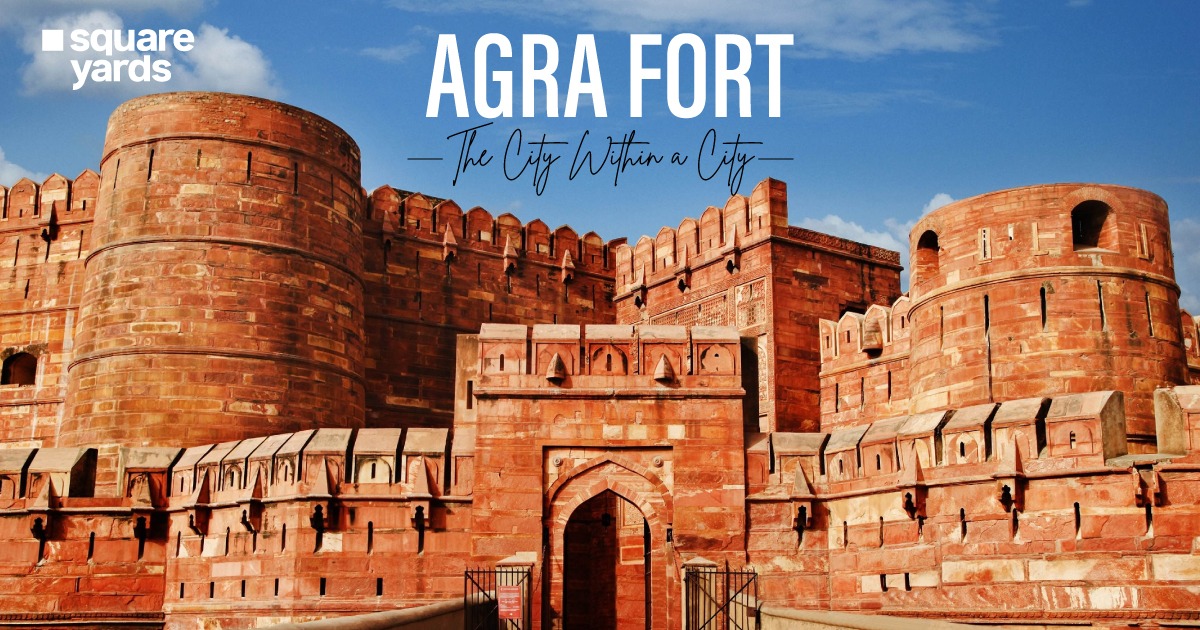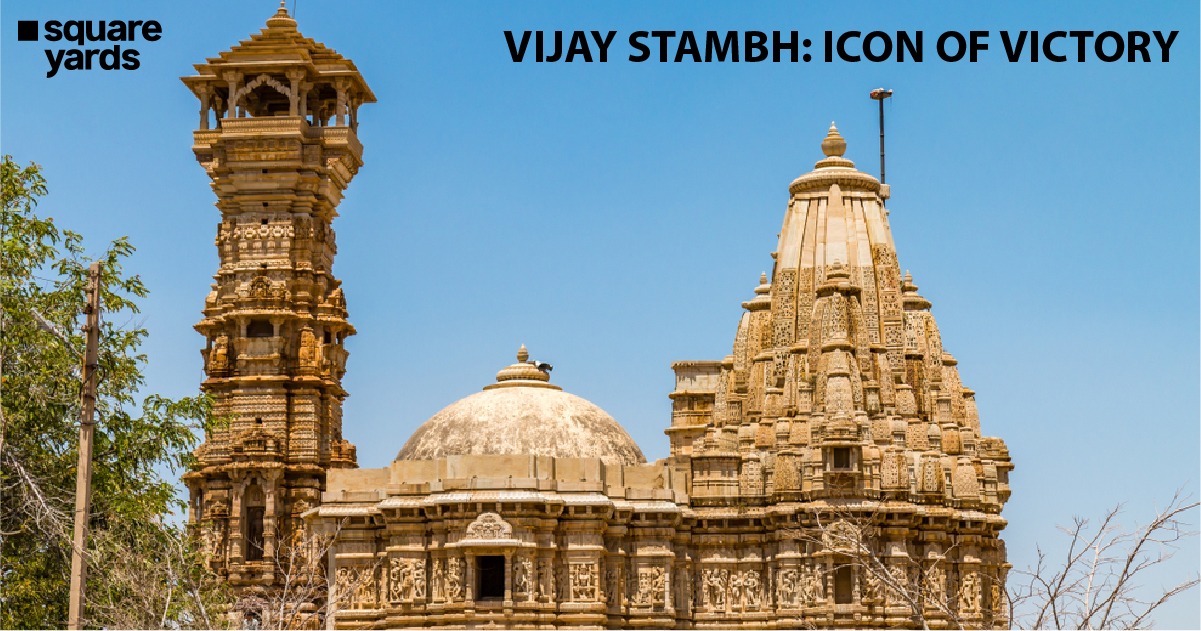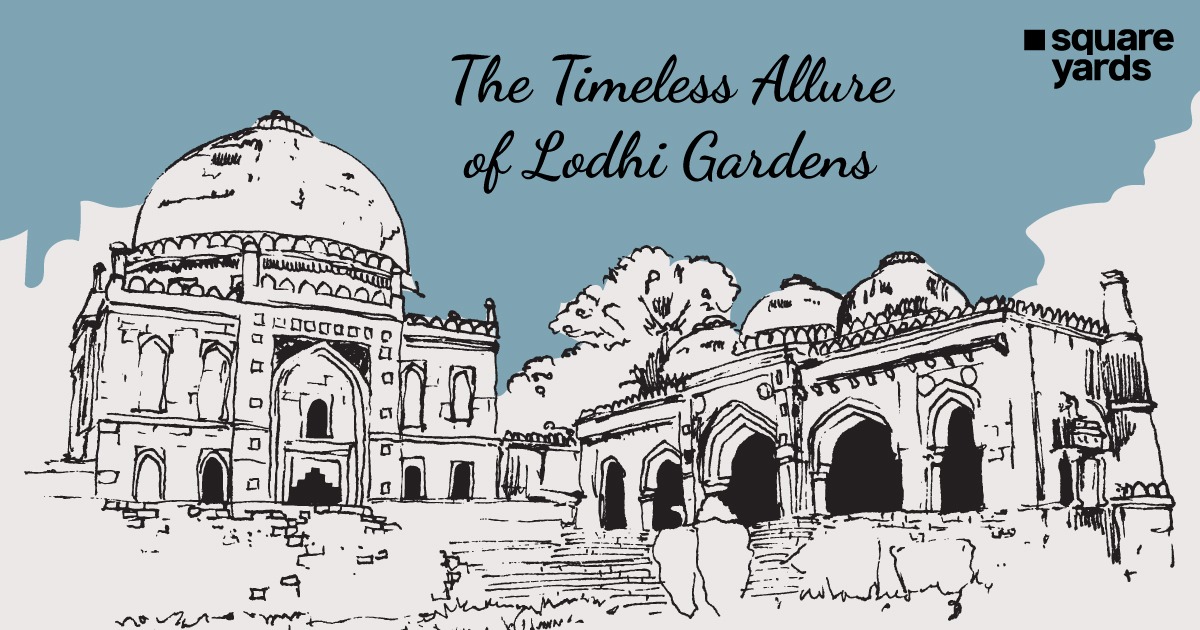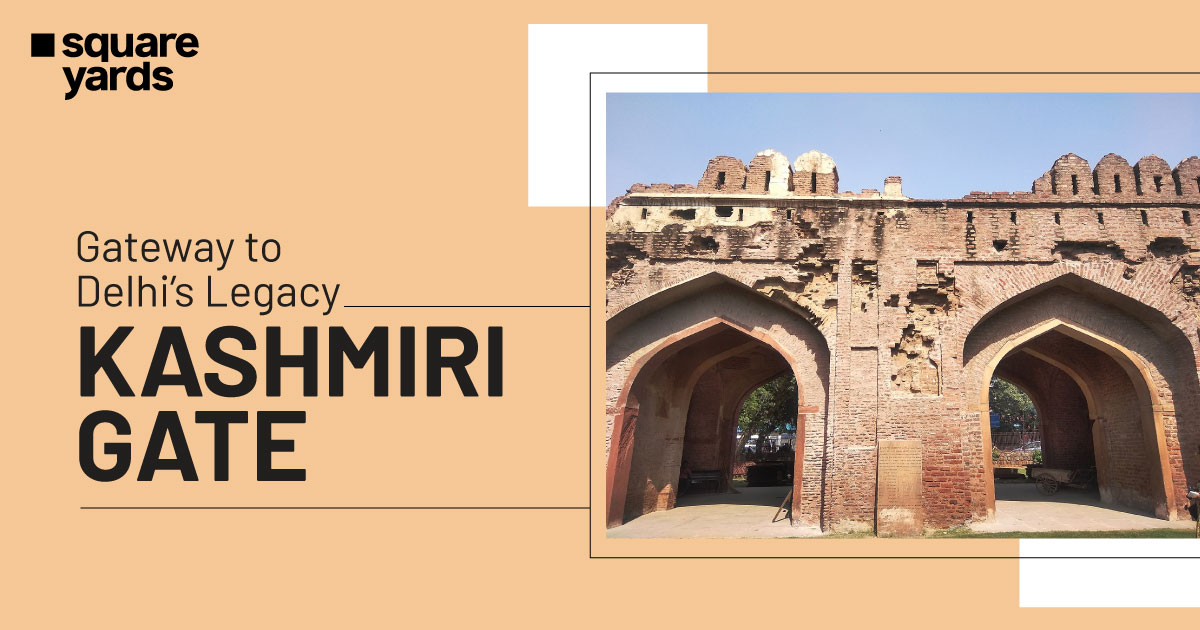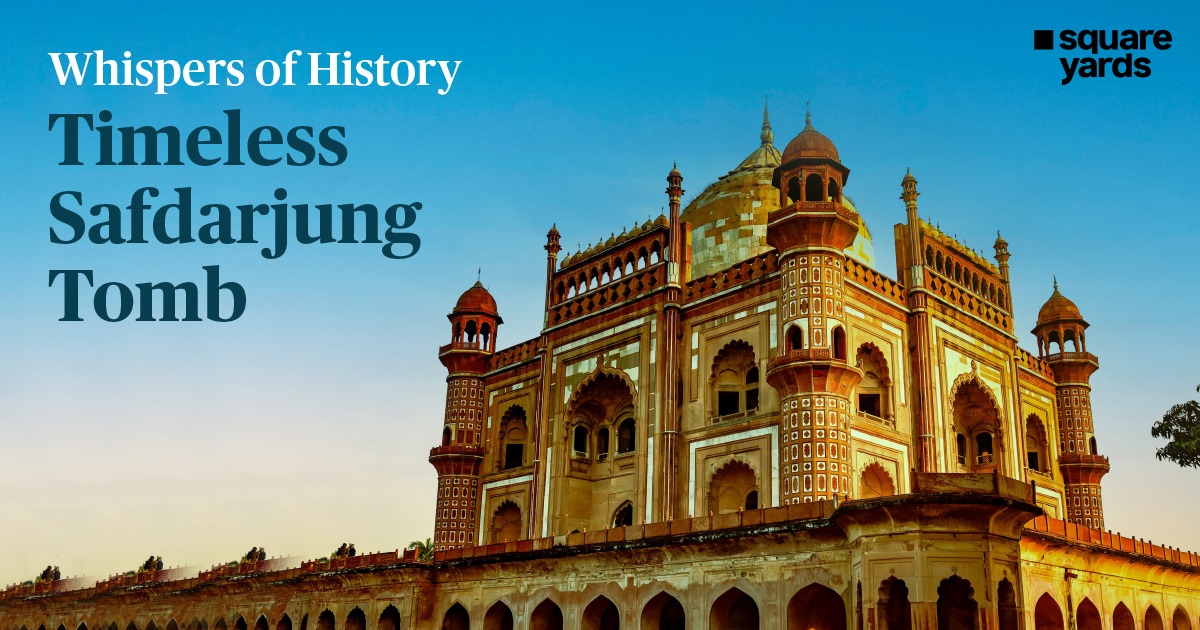“Why is mining banned in Goa?” has become a big question regarding how mining industries and environmental degradation counter each other.
Reportedly, the government has continued a ban on mining in Goa. Panaji (PTI) 3rd April 2022, with mining activities continuing to stand still for about the last four years since 2018, an iron ore exporter’s body has stated that “continuous suspension is equally a threat” and added that the issue must have been resolved far back.
“Four years is a long time to keep anything under continuous suspension. “Being under a regular ban is equal to a threat,” Goa Mineral Ore Exporters Association (GMOEA) secretary, Glen Kalavampara, said. The Goa government asked companies to vacate leases and remove their machinery from iron ore mines because an environmental NGO filed a petition in the high court at Goa before Bombay.
Following the petition, the government has given one month time to the leaseholders to vacate the leasehold area. Although iron ore contributes 15% of the state’s GDP, following the directed orders of the petition, the mining companies cannot operate until they achieve new environmental clearances and leases.
Why is Mining Banned in Goa?
The government of Goa never thought to alternate or restore the environment. Instead, they only saw two legit courses of action, fresh mining via auctions of iron mining leases to private companies or fresh mining via PSU. For this reason, the environmental NGO started a fight to save Goa’s greatest assets from the claws of mining and to set an example for other mineral-rich states.
In determining the extent of environmental legal proceedings in Goa, Justice Patel (Chief Justice of Delhi high court) penned in articulated language, “This is an extraordinary state, in more ways than one, a place where, perhaps more than anywhere else, sky, sea and earth meet from horizon to horizon. It is a land of abundant richness.” He said, “Goa is a land of junctions where different strands meet and co-exist, and even in a time of constant discord and contention, it is still a liberal land.”
Justice Patel stated that Goa is a place with a small size and a limited population that has merely influenced the states’ art, culture, architecture, literature, music, design, history, language, and more. Additionally, he stated that the major asset of Goa is its ecology and environment; its streams, lakes, rivers, riverbanks, dense forest, fertile fields, trees shrouded with vines, moss, and lichen during the rains, boulders, low hills, and most importantly, its beaches with ridiculously brilliant sunsets.
With a population of approximately 15 lakhs, Goa is a great work of art that attracts around 75-80 lakhs tourists yearly. It is a place with ordinary people who understand the environment and work under its imposed limits. Expressing his concern towards the environmental impact of mining in Goa, Justice Patel stated that miners debrify and destroy nature chunks that millions of people visit here to celebrate.
Mining in Goa has been purposefully prohibited due to the aforementioned environmental concerns, and existing leaseholders’ leases have been suspended because they must now obtain new environmental clearance leases.


















